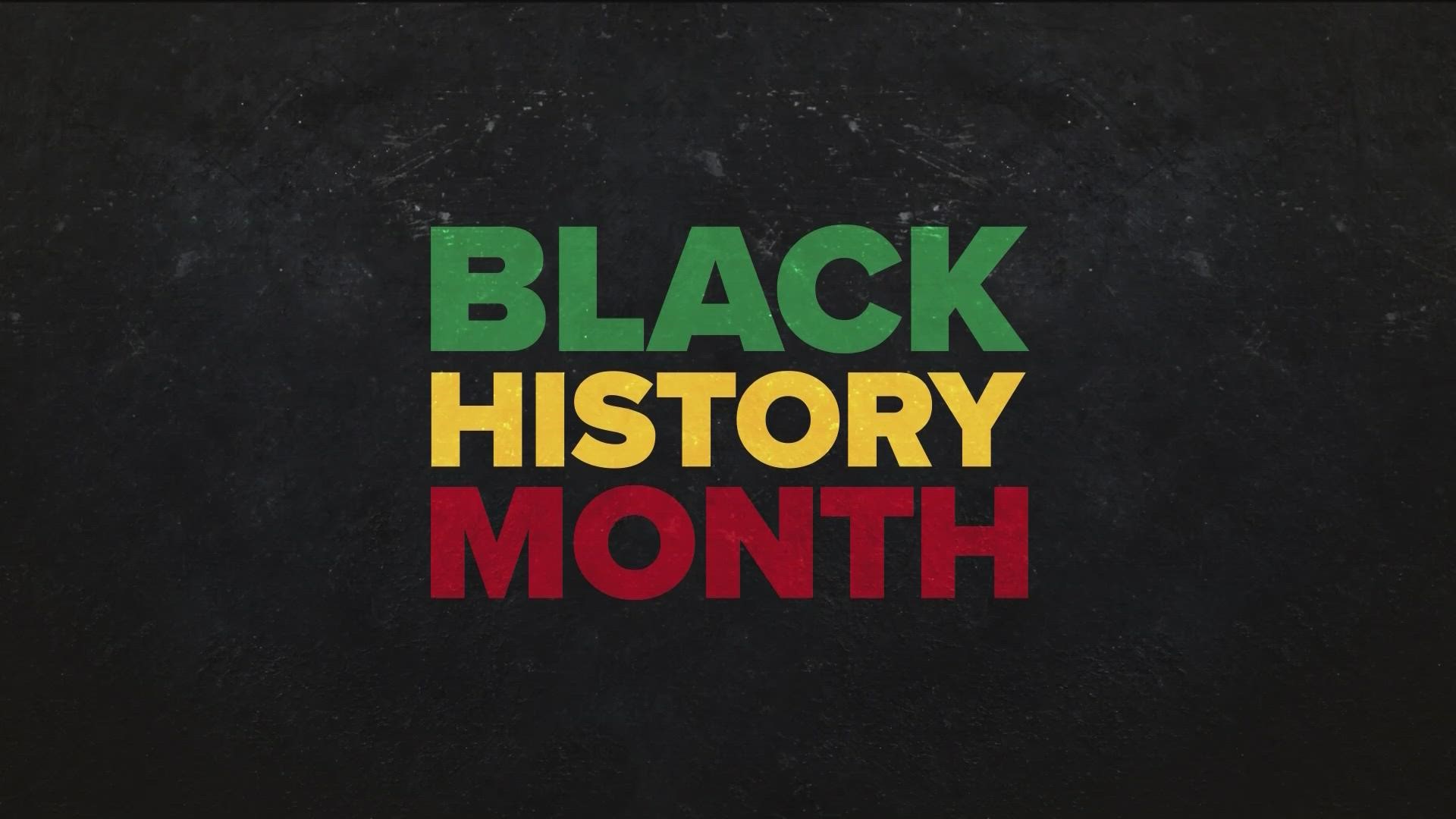AUSTIN, Texas —
Celebrating Black history got its start from a historian. A Black educator’s dream in the early 1900s was to recognize and preserve what Black people had done for America.
That dream has grown into what we know Black History Month as today: a celebration of all the accomplishments and contributions African-Americans have made for the U.S.
Nowadays, Black history can be seen everywhere, from movies to art. But that wasn't always the case, according to Austin artist Reji Thomas.
Thomas explained that representation matters, and it's important to show people what's possible from history.
"I would have been probably [been] doing a lot of things a lot sooner than 20 or 30 or 40, but I didn't have the examples," Thomas said.
Each year, Black History Month has a theme. This year's theme is "Resistance," and Reji said that it's reflected in some of her work.
"That is extremely important to celebrate Black history. Because I don't feel that anyone should be cut apart for themselves or not be able to see themselves," Thomas said.
While Black history is now taught in classrooms across the country, it wasn’t always this way.
"I believe that African-American history is oftentimes overlooked," said Dr. Talitha LeFlouria, an associate professor of history at University of Texas at Austin.
LeFlouria said it's important to study Black history to understand problems in society today.
"In order to address those issues, we have to understand what's at the heart of those issues and what's at the root of them," LeFlouria said.
LeFlourina shares this sentiment with Black history pioneer Carter G. Woodson.
"I feel incredibly honored to be carrying on the legacy of Carter G. Woodson as a scholar of African-American history," LeFlouria said.
In 1915, Woodson formed the Association for the Study of Negro Life and History, which is now known as the Association for the Study of African American Life and History. Leflouria believes Woodson wanted to raise awareness of the role Black Americans had in shaping the country.
"There wasn't much emphasis or recognition of African-American people or their contributions to American history," LeFlouria said.
In 1926, Woodson went on to start the first Negro History Week.
"The goal was to get public educators, particularly Black teachers and progressive white teachers, to teach African-American history in the public schools," LeFlouria said. "And so it was very popular."
In 1970, the first Black History Month was launched. In 1976, Gerald Ford became the first president to officially recognize February as Black History Month.
"This was the result of Black college students who wanted to see a longer celebration. You know, they didn't want Black History Month confined to one week, and neither did Woodson," LeFlouria said.
From art to historic buildings, like the slave quarters at the Neill-Cochran House Museum, Black history lives on in ways for people to experience.
"I'm a preservationist, and preservationists really believe that putting your feet in the places where people have been before brings history to life in a way that nothing else can," said Rowena Dash, executive director of the Neill-Cochran House Museum.
Dash said the slave quarters on the museum's property are the only intact public slave dwelling left in Austin.
"It's important. It's still standing here because without these physical structures, it's far easier to focus on narratives that are perhaps prettier, perhaps happier, and fit in a little bit better with the story we want to tell ourselves," Dash said.
While Black History Month has come a long way, many agree there's still work to be done to acknowledge Black contributions in America and doing so shouldn't be limited to just one month.
Thomas' exhibit, called "Signs and Symbols: The Trees are Talking," and the slaves' quarters are both on display at the Neill-Cochran House Museum for visitors to view.

